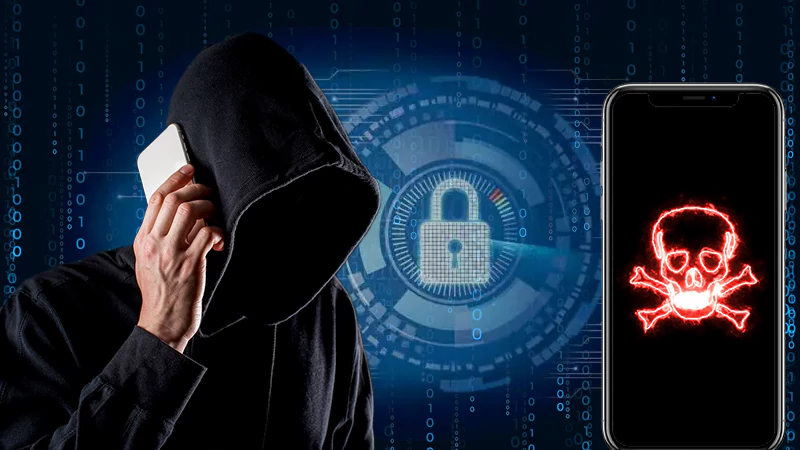We live in a world of digital opportunities. More and more people are getting access to the internet, opening a whole new world of possibilities, especially now during the pandemic. It has infiltrated almost all areas of our lives as we now use it for education, shopping, working, entertainment, communication, and anything else we can think of. You can even attend your doctor’s appointment online. While it made our lives more convenient and easier, the development of technology and the internet has completely changed people’s lives in developing countries as most of them can only now finally gain access to education and financial services. Who can anymore even imagine living in a world without the internet?
The development of the internet and digital transformation has changed the ways companies from all industries conduct their business. Some of them even avoided completely closing their doors after the pandemic started, and the lockdowns were introduced by transferring their business online. There is hardly anyone now who hasn’t found the way to use all the benefits internet development brings, and that unfortunately also includes fraudsters.
Dealing with the Online Fraud
Online fraud has been part of our world for a long time, but it was just something we read about it in the newspapers, affecting only big companies. That is no longer the case. Long gone are the days when online fraud was just an unfamiliar concept we briefly heard about in the news; it has become a constant threat in our everyday lives. No one is safe from fraud anymore, especially businesses, regardless of their size. Luckily, the same development of the internet and technology that allowed cybercriminals to update their fraudulent actions and make them more widespread also allowed us to create ways of fighting against them. SEON’s data enrichment solution and similar tools offer us the fighting chance against fraudsters.
How to Use Data Enrichment to Fight Against Fraud?
According to the Office for National Statistics, since April 2020, fraud has increased by 20%, while cybercrime has increased by an unbelievable 91% at the same time. The truth is that fraudsters don’t care who they need to exploit to make a profit, which is why it is up to every business to start protecting themselves and their customers from fraud. Implementing proper cybersecurity protocols into your business is the first step you need to take in the fight against fraudsters. Data enrichment makes the fight easier as it can be used to detect fraudsters before they can do any damage. All businesses can benefit from this as it can prevent fraud before it even happens. Wondering how it works? Its name actually explains what it does, and it is quite simple. Data enrichment uses data from internal and external databases to enrich the raw data you already have without causing user friction. By using this process you can gather more information about your users and use this knowledge to recognize who is a legitimate user and who is a fraudster. The more data you can collect, the more informed decisions you can make in cybersecurity and all other aspects of your business.
Take, for example, a user email address; what can you gain from raw data like an email address? If you are using data enrichment, the answer is “A lot”. You will be able to discover if that email address exists or is fake, or how long ago it was made if it is a real one. In addition to that, you can find out if it is linked to any social media profiles or if it was involved with any previous data breaches. And this is just the beginning. All of this data is delivered in real-time, allowing you to react before the fraudsters can damage your business. You can do this either by completely blocking it from doing any further actions on your network or requesting an additional verification method to confirm they are who they say they are.
Fraud has become an ever-present threat; do not wait until something happens to you before you start thinking about protecting yourself. Implement proper security protocols on time and avoid becoming a victim.
Next, Read: How to Fill Up the Cybersecurity Gaps Created by COVID
















